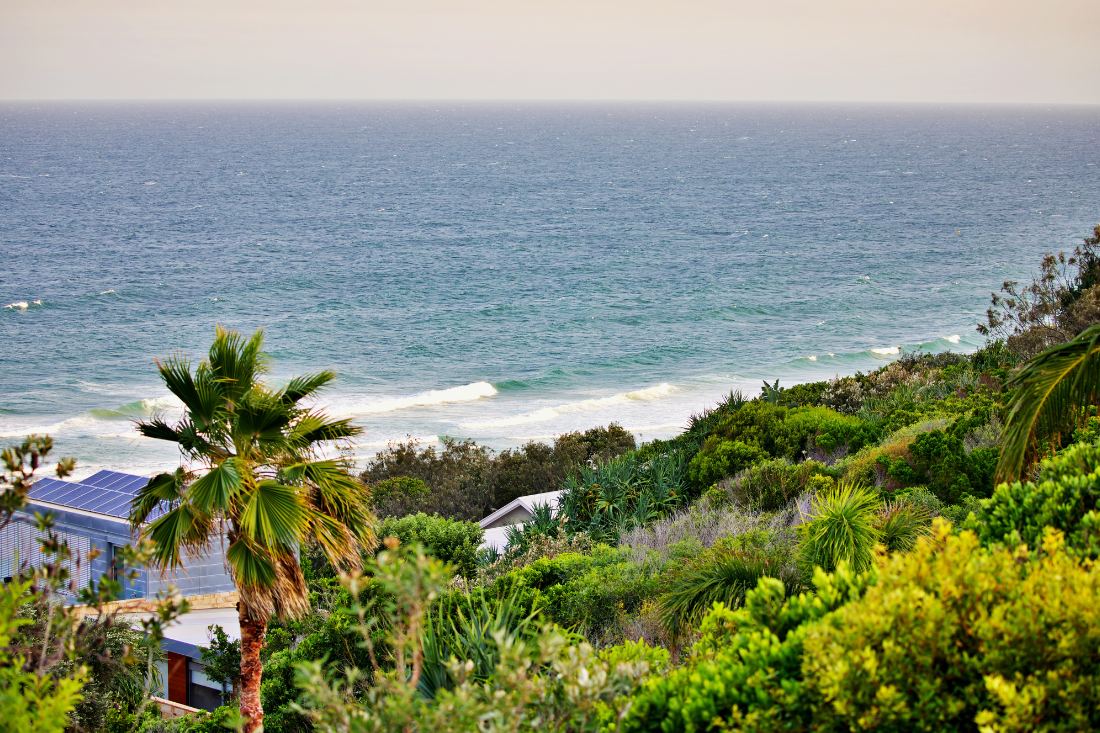
Despite two much-awaited rate cuts this year, plenty of Australian households are keeping their mortgage repayments on hold – and it could see them save in long-term interest costs.
2025 is shaping up to be a much better year for borrowers than 2024!
Already, we’ve chalked up two rate cuts, and some experts are predicting there are more to come.
It’s an encouraging sign that the worst of the cost-of-living crunch may be behind us.
But there’s an unexpected twist.
Instead of taking up the short-term savings offered by recent rate cuts, 86% of variable rate borrowers with one particular lender have kept their minimum monthly home loan repayment amount at the pre-rate cut level.
It’s a simple step that could save on loan interest and help home owners pay off their mortgage sooner.
Monthly savings of $160-plus
The recent rate cuts may have released the pressure valve for many home owners.
For the average $500,000 home loan, February’s 0.25% rate cut could have lowered monthly repayments by up to $80.
The second rate cut in May could have trimmed a further $80 from monthly repayments.
That’s a total of up to $160 wiped off repayments in the space of just four months
Yet it seems few home owners are reaching out to their lender to reduce their minimum monthly home loan repayment amount.
Really? Why’s that?
The Commonwealth Bank, which accounts for around one in four Australian home loans, says only one in seven (14%) of its variable rate home loan customers reduced their loan repayments following the February rate cut.
The majority simply stayed with their existing repayment amount.
Now, it’s important to note here that the Commonwealth Bank and many other lenders don’t automatically reduce your minimum monthly repayments when they follow the RBA’s lead and cut the interest rate on your home loan.
Instead, they may maintain your repayment amount at the old level.
This means that more of your money goes towards paying off the principal (rather than the interest) each month.
That said, you can ask your lender to reduce your repayment amount in line with their cuts.
Or you may find your particular lender has already automatically reduced your minimum monthly repayment in line with rate cuts.
It’s worth double-checking what your lender has done, and if in doubt, get in touch with us.
How much could you save?
If your finances can handle it, leaving your minimum monthly repayment amount unchanged when rates head south can be one way to help pay more off your loan each month.
To see just how much you could save on interest over the long term, we crunched the numbers for a $500,000 home loan assuming today’s average variable rate of 6.42%, and a 25-year term.
By sticking with the same, pre-rate cut repayments for the remainder of the loan (remember, that’s the equivalent of paying $160 extra each month), a borrower could cut over $61,000 from their long-term interest bill.
Better still, it could mean the home loan is fully paid off 2.5 years ahead of schedule.
And if rates fall further, the time and cost savings could be higher.
Call us to find out how much you could save
If you can afford it, it could be worth thinking about leaving your home loan repayment amount on hold, even if your lender cuts their rates.
Of course the savings you could enjoy with this strategy depends on the size of your loan and the current rate you’re paying.
To get more clarity on your home loan, give us a call.
We’ll explain the rate you’re paying, and do the sums for your loan to let you know how much you could save by leaving all, or even part, of your repayments unchanged.
Disclaimer: The content of this article is general in nature and is presented for informative purposes. It is not intended to constitute tax or financial advice, whether general or personal nor is it intended to imply any recommendation or opinion about a financial product. It does not take into consideration your personal situation and may not be relevant to circumstances. Before taking any action, consider your own particular circumstances and seek professional advice. This content is protected by copyright laws and various other intellectual property laws. It is not to be modified, reproduced or republished without prior written consent.

















